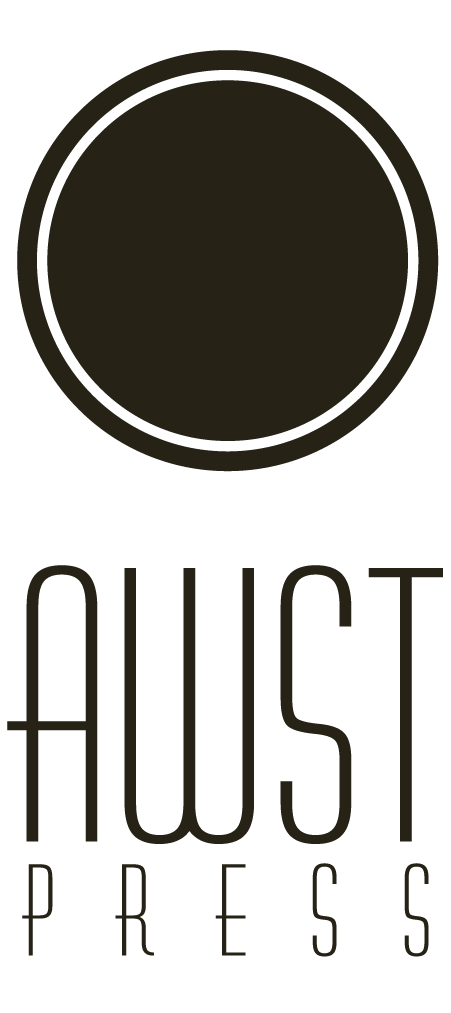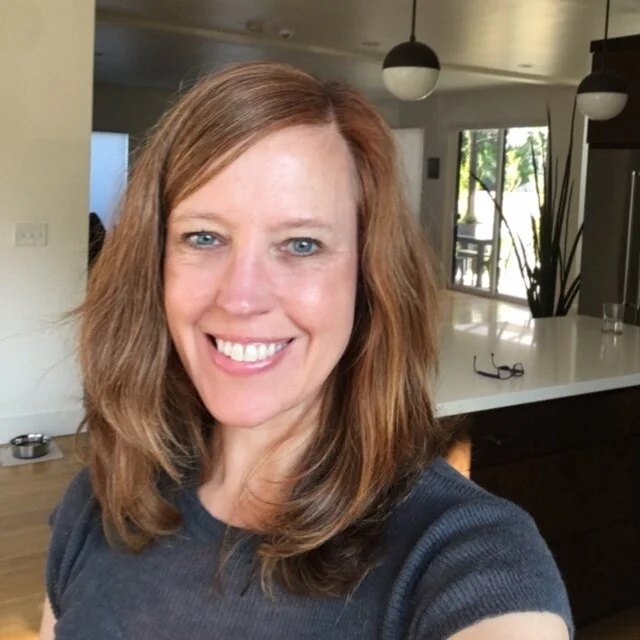By Marcelle Heath
I interview writers about what they wear for Apparel for Authors on Instagram. I began this series because I wanted to explore the tension between a writer’s vocation and the performance of being a writer in the public sphere through an intersectional lens. Dress interfaces with politics, history, society, culture, and is a fascinating entry point to interrogate existing power structures. I also began it for personal reasons. My family moved around a lot, and I had to acclimate quickly to new environments. Adhering to fashion was a way to both fit in and have a sense of control over my surroundings.
In the attention economy, the confluence of social media, commodification of the self, and increasing exploitation of authors’ labor have created an environment where visibility, promotion, and productivity are fungible resources. When readings and events moved online during the pandemic, the locus of the face became the prime mover of commerce. Questions about lighting, backdrop, and adornment emerged quickly. An eye-catching piece of Zoom jewelry, a colorful shirt, and a bold lip color became the on-camera norm, while pajamas dominated off screen. Sportswear, invented to increase mobility during physical activity, has transitioned to providing physical and emotional comfort while its wearers remained motionless. What was off-screen and unseen mirrored the other pervasive fashion choice people were required to participate in over the past nineteen months: the mask. In public, the unmasked face signified a sense of security, defiance, freedom, ignorance, malevolence, and autonomy. The unmasked face in private became an avatar for proof of life.
Napwali Serpell wrote in Stranger Faces that, “ The face means identity, truth, feeling, beauty, authenticity, humanity. It underlies our belief about what constitutes a human, how we relate emotionally, what is pleasing to the eye, and how we ought to treat each other.”
One need only to glance at the New York Times Book Review section to see a predominance of young and attractive faces. In her New Yorker piece, “The Age of Instagram Face,” the writer Jia Tolentino discusses the rise of FaceTuning and cosmetic surgery that has dominated Instagram’s Ideal Face aesthetic. This face, “distinctly white but ambiguously ethnic,” is young, beautiful, and generic. Tolentino says, “I couldn’t shake the feeling that technology is rewriting our bodies to correspond to its own interests—rearranging our faces according to whatever increases engagement and likes.” My box of random, unpremeditated photos from college seems like they’re from a hundred years ago.
How authors engage with these concerns comes down to their (often reluctant) role as performer. It is a fraught one to play, as the dissonance between the labor of writing and the traffic of that labor grows. The expectation and pressure for writers to “build their platform” and engage with the public is greater than ever before, and many authors I’ve interviewed express anxiety about performing. I first became acquainted with the feeling from my childhood piano recitals and it’s lingered ever since. Now that readings, interviews, and other events will likely stay online, even as we slowly (or too quickly) enter back into the world to attend them offline, the author, much like the actor, has to adapt to the camera’s eye. This eye is not impartial. As Kate Murphy points out in “Why Zoom is Terrible,”
The problem is that the way the video images are digitally encoded and decoded, altered and adjusted, patched and synthesized introduces all kinds of artifacts: blocking, freezing, blurring, jerkiness and out-of-sync audio. These disruptions, some below our conscious awareness, confound perception and scramble subtle social cues.
The pandemic phenomenon of Zoom fatigue attests to just how uncomfortable it is to sit in front of a camera. John Berger has been telling us for decades, but somehow we’re only now becoming aware that being watched and watching oneself is exhausting. And unavoidable. One of the main takeaways of a recent panel on connecting with booksellers was how essential social media has become to the publishing industry. The author puts their best face forward in digital space, where private and public boundaries have collapsed. In this way, the author, the actor, the stylist, and the publicist are symbiotic personas.
Upon whom do we wish this new normal?
Bio:
Marcelle Heath is the author of IS THAT ALL THERE IS? (Awst Press, 2022). Her recent work has appeared in Fractured Lit, Little Fiction, matchbook, and NOÖ. She curates Apparel for Authors, an Instagram interview series that explores how writers, fashion, and the public sphere intersect. Marcelle lives with her family in Portland, Oregon.
Check out the rest of the 2021 essay series:
A Life of Leisure by Mike Ingram
Exuviae by Paul Hile
Normal Between April and May of My Ninth Year by Bridget Brewer
Normal Routine by Thao Votang
Introduction from our 2021 Curator

